
Hello Everyone! I wanted to say hello on this beautiful October afternoon! I have taken a bit of a hiatus from my blog due to being completely overcommitted this Fall. I know many of you can Keep Reading >>
Dedicated to up to date pediatric feeding and dysphagia information

Hi, I'm Krisi Brackett, PhD, CCC-SLP,C/NDT. This blog is dedicated to current information on pediatric feeding and swallowing issues. Email me at feedingnewsletter@gmail.com with questions.
Read More About Me Here...

Hello Everyone! I wanted to say hello on this beautiful October afternoon! I have taken a bit of a hiatus from my blog due to being completely overcommitted this Fall. I know many of you can Keep Reading >>

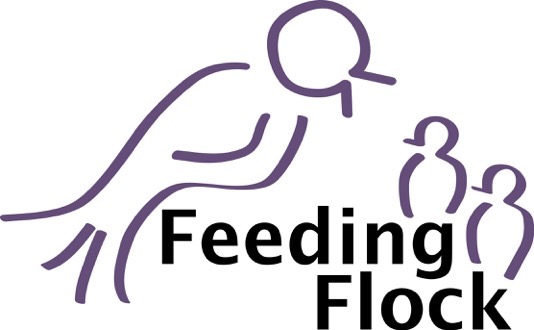
Updates from the Feeding Flock There is now a third version of the NeoEAT for infants who are doing a combination of breastfeeding and bottle-feeding: the NeoEAT - Mixed Feeding. The paper just Keep Reading >>

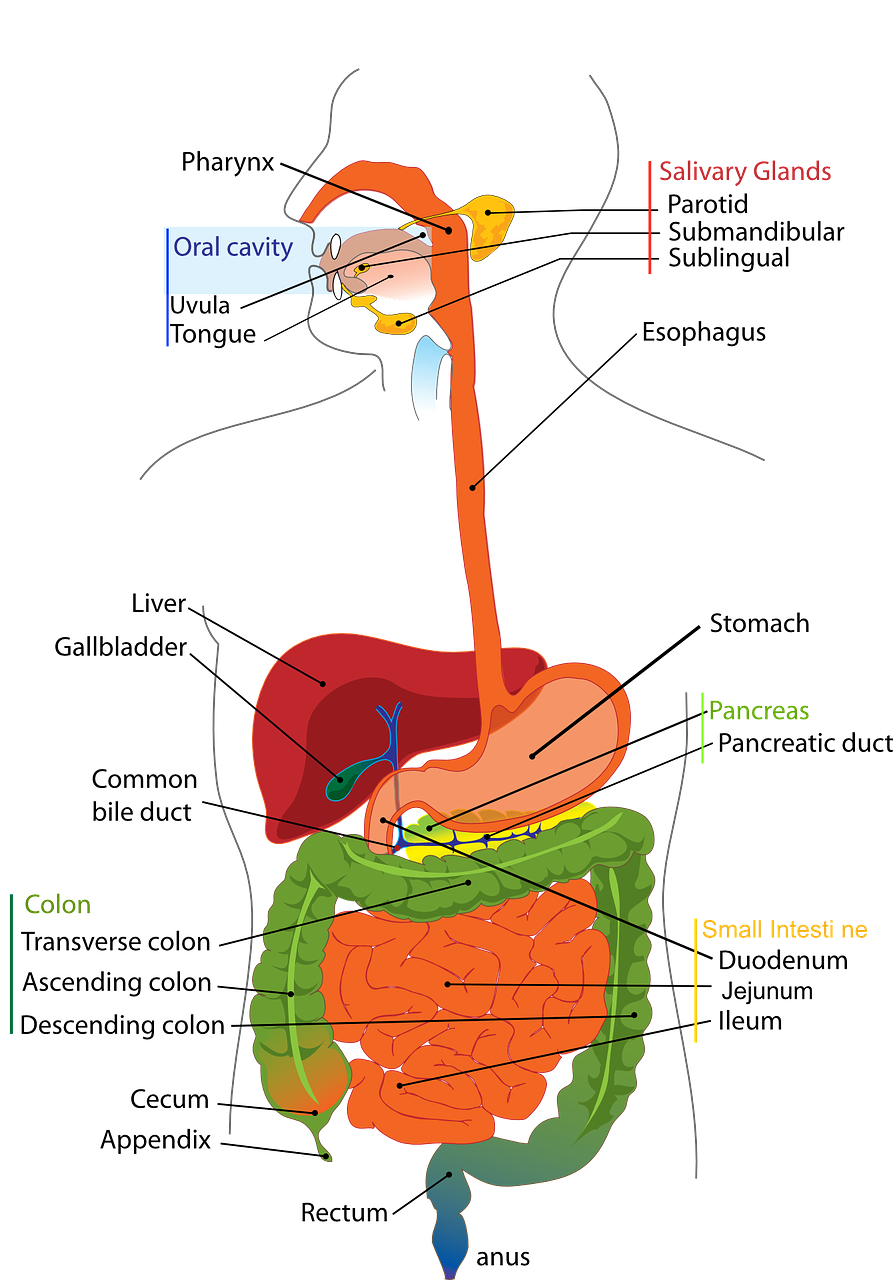
Love this article, look for medical reasons first! Desiree Rivera-Nieves, MD1 , Anita Conley, MS, RD, CSP, LDN2, Keri Nagib, OTR/L, IBCLC2, Kaiya Shannon, LCSW2, Karoly Horvath, MD., PhD1,2, and Keep Reading >>

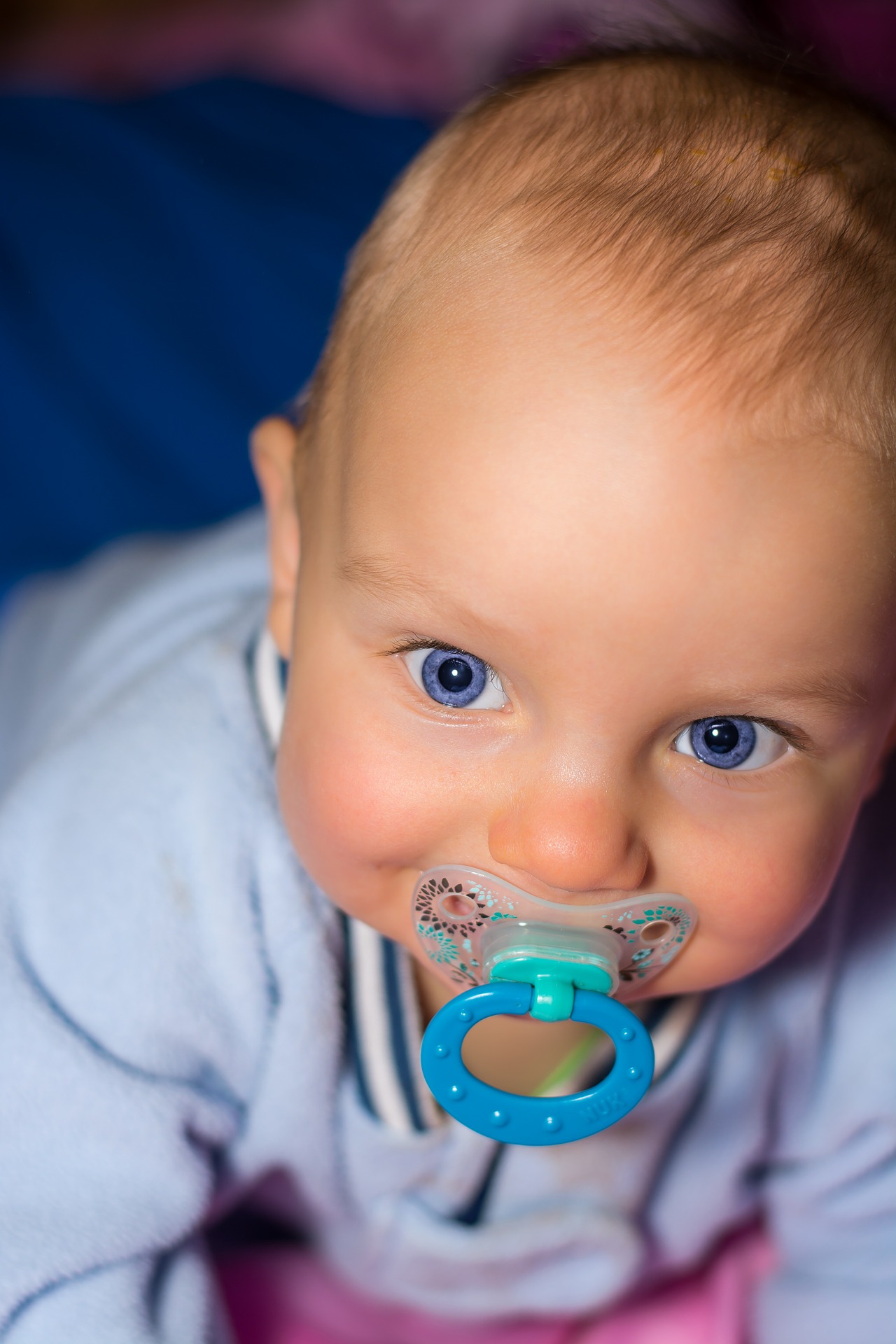
Here are some news articles that I have posted on the Pediatric Feeding News Facebook Page. How To Feed Kids without Resorting to Kid Food Keep Reading >>

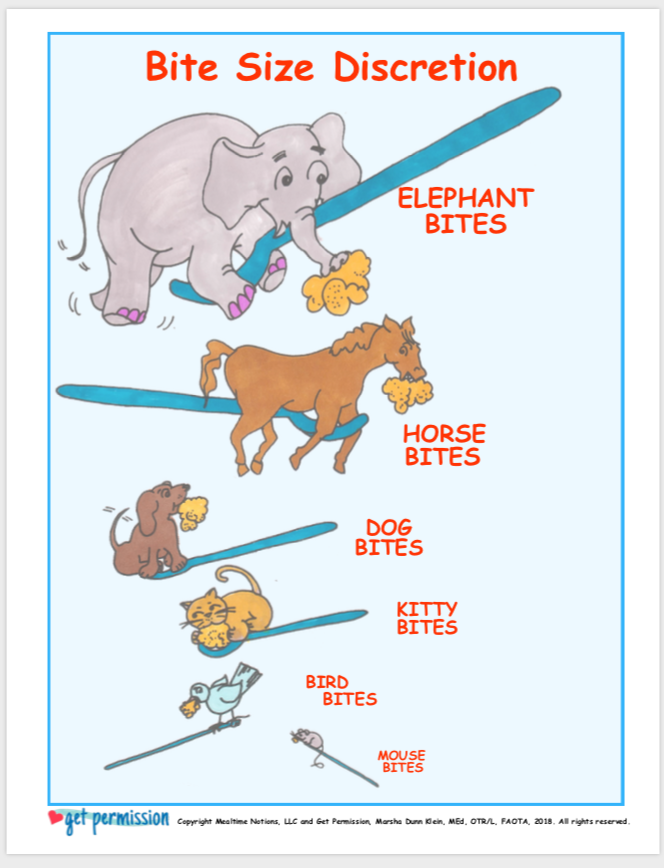
Info from Marsha Dunn Klein! I use these bite charts in therapy and found this to be so helpful with our anxious eaters. I copy the charts and send them home with our kids for practice! Bite Size Keep Reading >>


Understanding Food Allergies in Infants and Children: The Symptoms, Diagnoses, and Management7 webcastshttps://pnce.org/Food-Allergies First episode: An Overview of Food Allergies in ChildrenBy Keep Reading >>

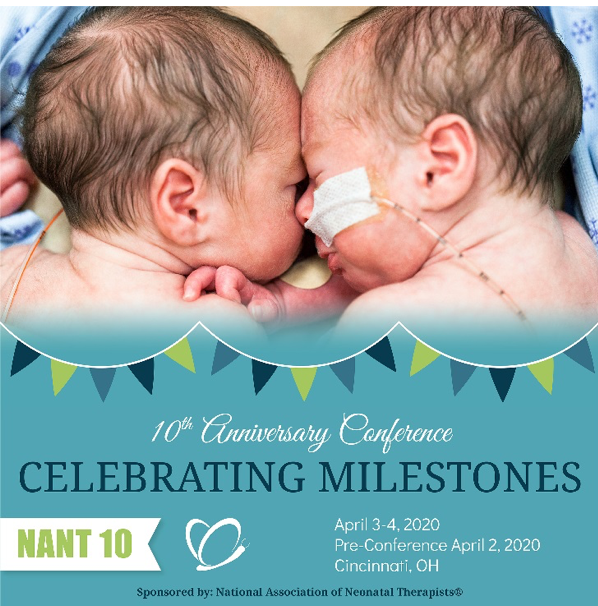
The theme for NANT 10 is: Celebrating Milestones. As neonatal therapists, your role is steeped in supporting the attainment of developmental milestones in the NICU and mitigating the negative Keep Reading >>

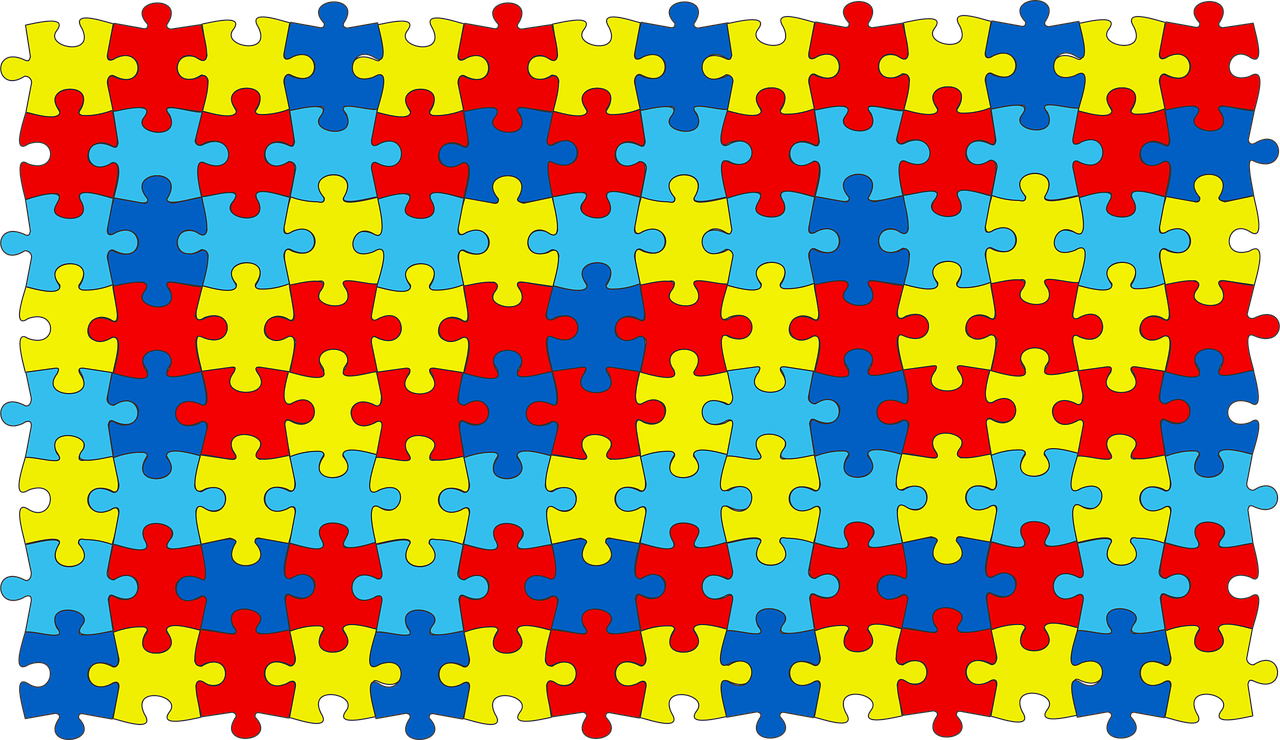
General Nutrition and Autism Children with autism can present with unique nutritional challenges and nutritional deficiencies have been described in children with autism spectrum disorders Keep Reading >>